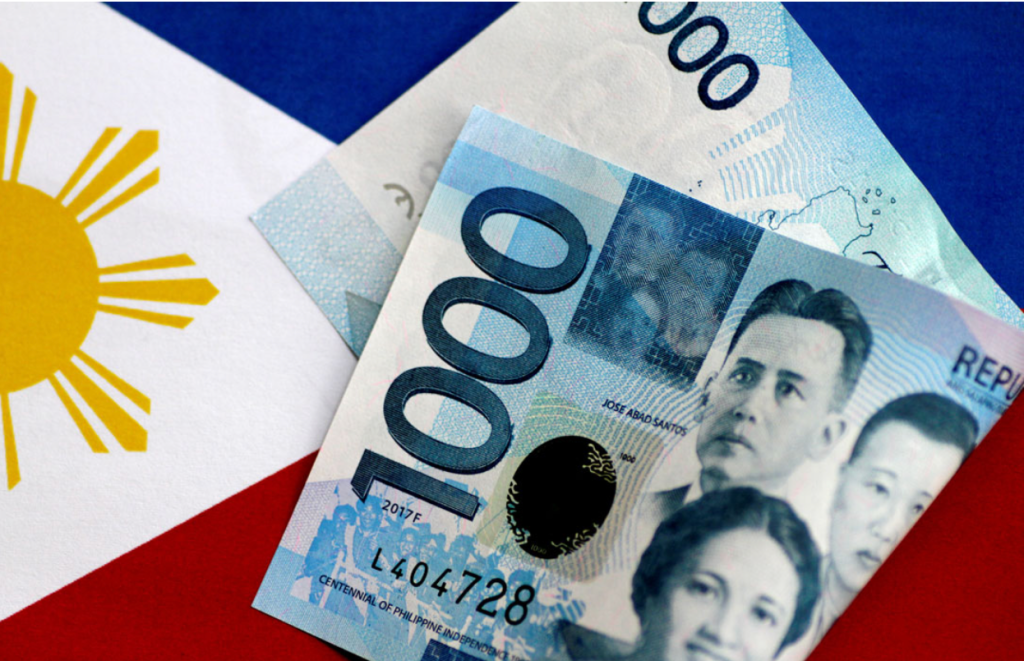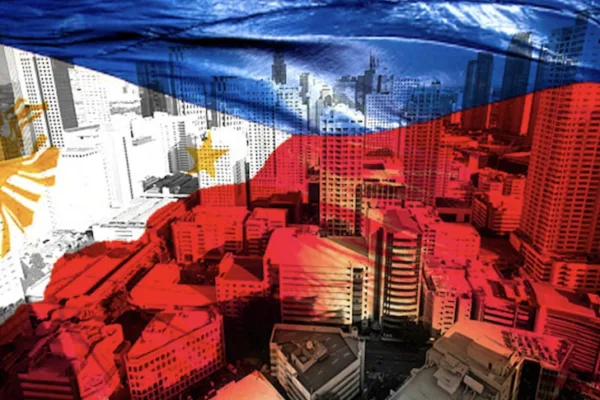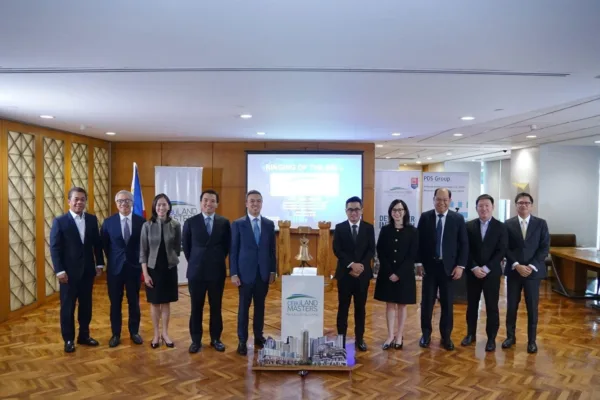The Philippine economy showed renewed signs of resilience in August, posting a welcome US$359 million surplus in its overall transactions with the rest of the world, a significant turnaround from the previous month’s deficit.
This surplus in the country’s balance of payments (BOP) marks a substantial improvement from the modest US$88 million surplus recorded in the same month last year, according to the latest data from the Bangko Sentral ng Pilipinas (BSP).
The positive outturn was largely credited to the central bank’s net income from its investments abroad, showcasing a strategic win for the nation’s monetary authority.
The August performance provided a much-needed boost, helping to trim the country’s cumulative BOP deficit for the year. The year-to-date shortfall narrowed to US$5.4 billion from January to August, a noticeable improvement from the US$5.8 billion deficit recorded at the end of July.
Undercurrents of strength and challenge

Despite the positive monthly figure, the cumulative deficit for 2025 underscores a persistent challenge: the country’s trade-in-goods deficit. 1 This gap, where the value of imported goods exceeds the value of exported goods, remains the primary driver of the year-to-date shortfall. However, there’s a silver lining.
Based on preliminary data from the Philippine Statistics Authority’s (PSA) International Merchandise Trade Statistics (IMTS), the trade deficit for January-July 2025 settled at US$28.5 billion, down from the US$29.9 billion deficit posted in January-July 2024.
Fortunately, this trade gap was partially offset by several pillars of strength in the Philippine economy. Steady inflows from the personal remittances of hardworking overseas Filipinos, strategic foreign borrowings by the national government, and continued confidence from foreign investors through both direct and portfolio investments helped cushion the impact.
The robust trade-in-services sector also played a key role in balancing the scales.
Nation’s war chest grows

Reflecting the positive BOP position, the country’s gross international reserves (GIR) swelled to US$107.1 billion as of the end of August. This is a healthy increase from the US$105.4 billion level seen just a month prior.
Think of the GIR as the nation’s primary savings account for international transactions. Composed of foreign-denominated securities, foreign exchange, gold, and other assets, it serves as a critical buffer. A strong GIR allows the country to finance its imports, pay foreign debt obligations, stabilize the peso, and provide a formidable defense against external economic shocks.
The current GIR level is considered a robust external liquidity buffer. It is equivalent to 7.2 months’ worth of imports of goods and payments of services and primary income. 2

To put this in perspective, this means that the latest GIR level ensures the availability of foreign exchange to meet balance of payments financing needs, such as for payment of imports and debt service, in extreme conditions when there are no export earnings or foreign loans.
Furthermore, the reserves are more than sufficient to cover the country’s short-term obligations. The US$107.1 billion war chest is about 3.7 times the country’s short-term external debt based on residual maturity. 3
This specific measure includes all outstanding external debt with an original maturity of one year or less, plus principal payments on medium- and long-term loans of both public and private sectors that are due within the next 12 months. This strong coverage ratio signals to international creditors and investors that the Philippines remains a reliable and stable economic partner.
—
[1] Based on the preliminary data from the Philippine Statistics Authority’s (PSA) International Merchandise Trade Statistics (IMTS), the trade deficit for January-July 2025 settled at US$28.5 billion, down from the US$29.9 billion deficit posted in January-July 2024.
[2] Specifically, the latest GIR level ensures availability of foreign exchange to meet balance of payments financing needs, such as for payment of imports and debt service, in extreme conditions when there are no export earnings or foreign loans.
[3] Short-term debt based on residual maturity refers to outstanding external debt with original maturity of one year or less, plus principal payments on medium-and long-term loans of the public and private sectors falling due within the next 12 months.







